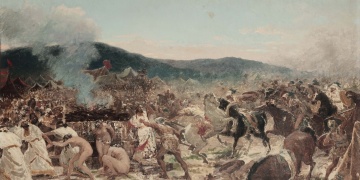
Study titled "Isotopic evidence for geographical heterogeneity in ancient Greek military forces" demonstrates the power of archaeological remains to test the claims of historical texts and reveals a potential bias in ancient writings. Archaeological…

The grave was found almost empty. Only a few sherds and a shell were recovered from the soil surrounding the burials, but they were probably part of the fill of the grave pit
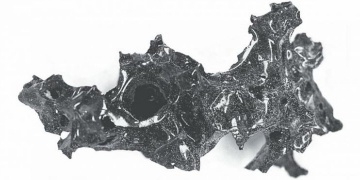
The remains of a man lying on a wooden bed were discovered at Herculaneum, closer to Vesuvius than Pompeii, in the 1960s. He is believed to have been the custodian of a place of worship, the Collegium Augustalium.
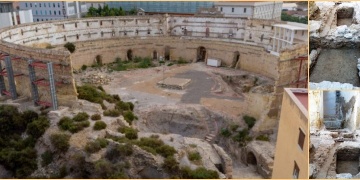
The Roman amphitheatre of Cartagena is one of only eighteen which are known about in the Iberian Peninsula, and only seven of those have been the subject of in-depth archaeological investigation.
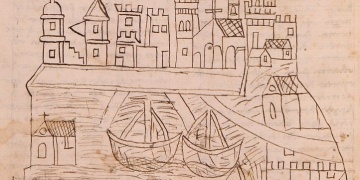
Oldest known city view of Venice discovered. Researcher Dr. Sandra Toffolo from the University of St Andrews has unearthed the oldest known city view of Venice, dating from the 14th century.

When statistically modelled, the length of time from the beginning of their reign until their death followed a set pattern, similar to that seen in reliability engineering, interdisciplinary research by Dr. Joseph Saleh, an Aerospace Engineer from…

The Alpine ice-patch sites of Tisenjoch, Schnidejoch and Loet-
schenpass brought to light the most complete archery equipment known from European Prehistory.
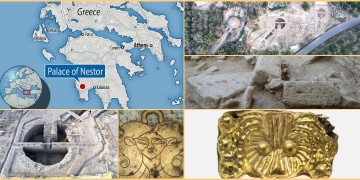
University of Cincinnati archaeologists discovered two large family tombs at Pylos, Greece, strewn with flakes of gold that once lined their walls. The archaeological excavation took more than 18 months

Science reveals improvements in Roman building techniques
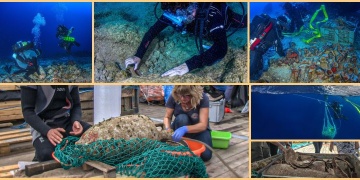
In October 2019 the underwater archaeological research at the legendary Antikythera Shipwreck was re-activated and this time it was carried out by a Greek-only team, led by Dr. Angeliki Simosi, Head of the Ephorate of Antiquities of Euboea.
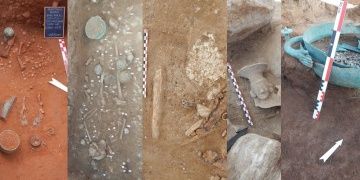
A golden funerary mask was among the finds in an Archaic-era cemetery in Achlada, west of Florina in northern Greece. Gold funerary mask found in archaic Macedonia cemetery revives Hercules and Doric myths
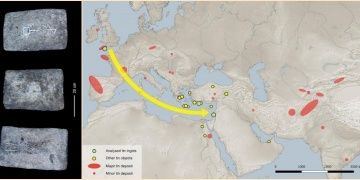
The enigma of Bronze Age tin: Using methods of the natural sciences, they examined the tin from the second millennium BCE found at archaeological sites in Israel, Turkey, and Greece. These findings are of great importance for the archaeological…
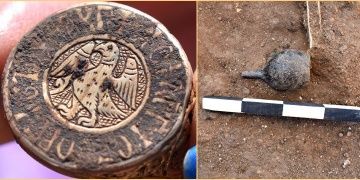
Bulgarian archaeologists have discovered the tomb of a previously-unknown 14th-century aristocrat, a descendant of the Byzantine Palaiologos dynasty, at the Kaliakra fortress on Bulgaria’s Black Sea coast, the National History Museum said on August…
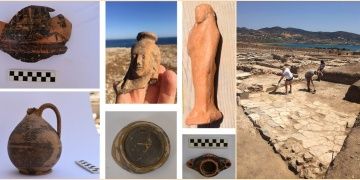
New finds that complete the picture on the buildings' architecture around the Apollo temple on the uninhabited island of Despotiko, west of Antiparos island revealed excavations and restoration works that were held recently on the island.
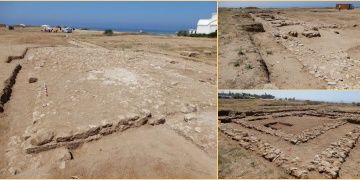
The archaeological site will be made accessible to the public and its protection will be ensured, by not permitting extensions or additions of new buildings to the project in the future.
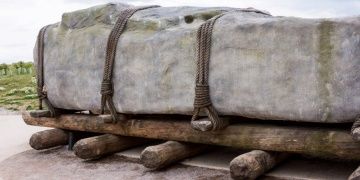
An alternative interpretation of lipid residues in Neolithic Grooved Ware from Durrington Walls.
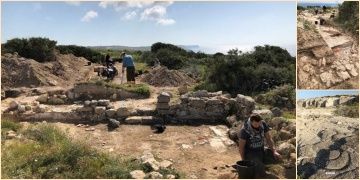
Completion of the 2019 Ancient Akrotiri Project. This year the excavated area was extended by trenching both to the northern and eastern edges of the site, the western extent of the ancient rubble mound encapsulating the surviving foundations having…
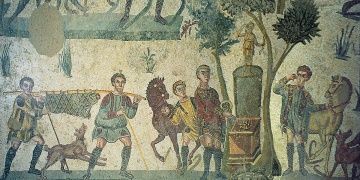
The art of the Roman deal
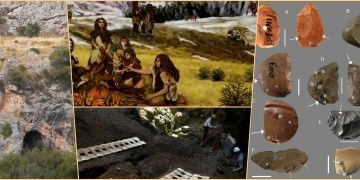
Neanderthals used resin 'glue' to craft their stone tools. Ethnographic evidence indicates that resin, which dries when exposed to air, is generally warmed by exposure to a small fire thus softened to be molded and pushed in position in the haft.

The Department of Antiquities has announced the discovery of an ancient shipwreck in the sea off Protaras, Cyprus.
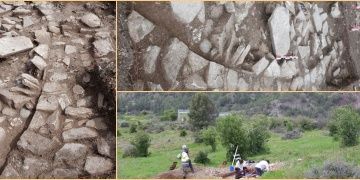
Aceramic Neolithic site discovered in Cyprus. The announcement followed the completion of the 2019 archaeological mission of the Aristotle University of Thessaloniki in Troodos mountains.
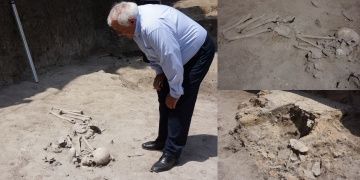
Among the newly discovered finds in the village of Slatina, there are various items of household and cult like a bone spoon and ceramic utensils, pintadera, parts of cult sacrificial tables. Slatina is believed to be the site of the oldest human…
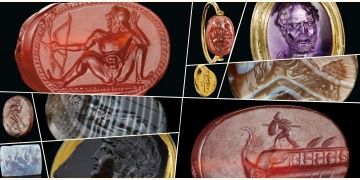
The great majority of the Sangiorgi gems were acquired before World War II, and many derive from notable earlier collections amassed by Lelio Pasqualini, the Boncompagni-Ludovisi family, the Duke of Marlborough, and Paul Arndt in Munich.

Large Islamic necropolis excavated in Spain's Balearic islands. The typology of the graves, the absence of ceramic pieces, and the orientation of the remains indicate that it is an Islamic necropolis.


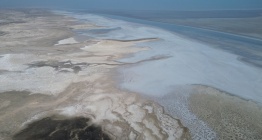
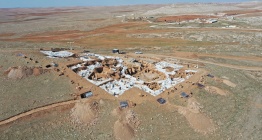


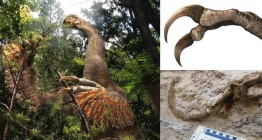



























 Kars'taki Çalı Gölü Mayıs ayında 137 kuş türünü ağırladı
Kars'taki Çalı Gölü Mayıs ayında 137 kuş türünü ağırladı  6 Bin yıllık genetik izler, Kolombiya'da gizemli bir insan kabilesinin varlığını gösterdi
6 Bin yıllık genetik izler, Kolombiya'da gizemli bir insan kabilesinin varlığını gösterdi  Perre Antik Kenti'ndeki 125 metrekarelik mozaikte konservasyon devam ediyor
Perre Antik Kenti'ndeki 125 metrekarelik mozaikte konservasyon devam ediyor  Fatih'in rüyalarını süsleyen İstanbul'un fethinin 572'nci yılı
Fatih'in rüyalarını süsleyen İstanbul'un fethinin 572'nci yılı 

